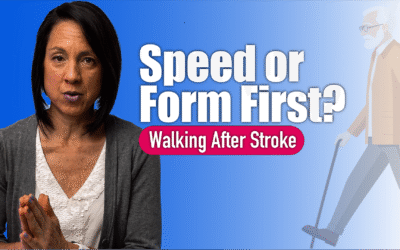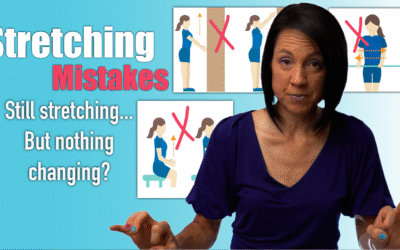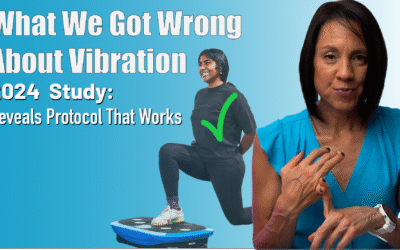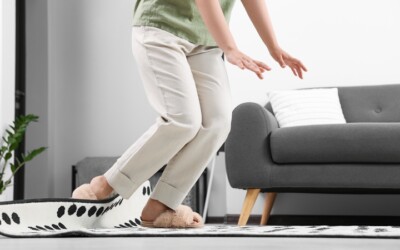What is Knee Hyperextension after a Stroke?
Knee hyperextension is a common problem after a stroke. Knee hyperextension is when the knee goes beyond a straight position. Yeah, not exactly natural looking or feeling. ?
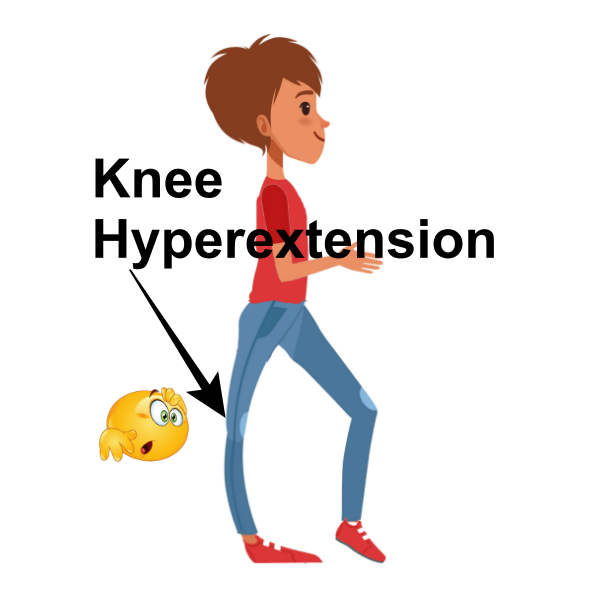
Knee hyperextension (recurvatum) usually happens in the involved leg. It is the most obvious when full body weight is placed on the leg (stance phase). For instance, when swinging the uninvolved leg during walking.
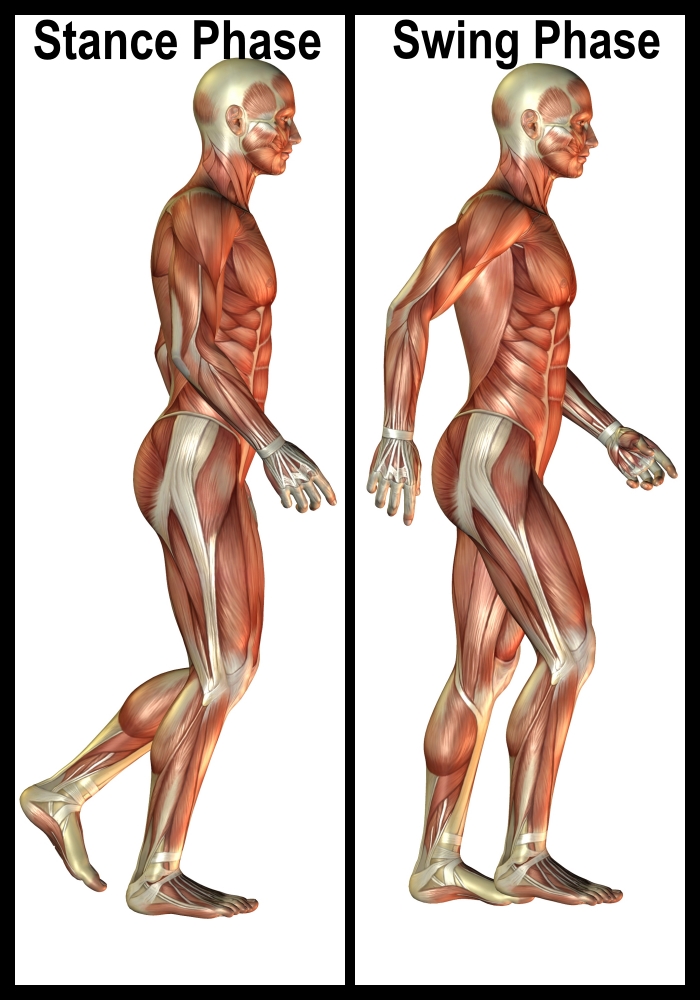 .
.
This can create hip pain, back pain, and of course knee pain. When the knee extends unnaturally during stance, it can also make it impossible to bend the knee to swing the leg through (swing phase). This might cause you to swing your leg out to the side to clear the ground.
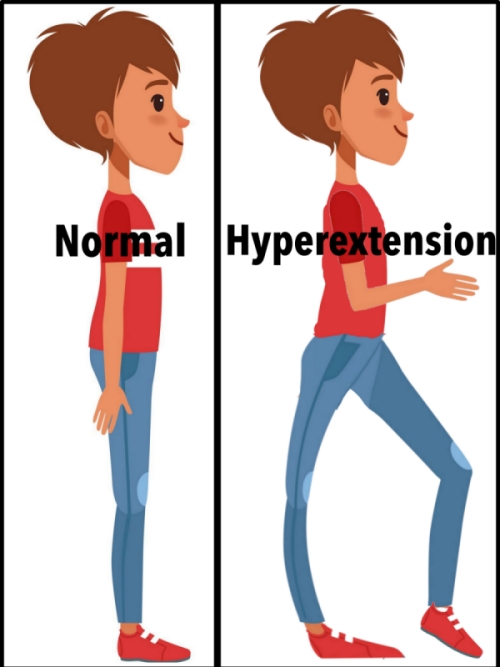
What causes knee hyperextension after a stroke?
Knee hyperextension is caused by poor control in the muscles around the knee. This can happen due to under-active hamstring muscles (muscles that bend the knee) or overactive quadriceps muscles (muscles that straighten the knee).
What are the best exercises to help decrease knee hyperextension after a stroke?
So, the focus of the exercises is two-fold. One is to relearn how to bend the knee by teaching the brain how to “turn off” the overactive quadriceps. The second part of the exercise focus is to retrain the muscles that bend the knee.
The final part of the training will be relearning how to stand. The focus of standing will include learning how to engage the quadriceps enough to support your body weight, without going into hyperextension.
If you have made it this far, I am sure you really want to know “the how”. So let’s get right to it…..
How to strengthen weak muscles around the knee to stop knee hyperextension after a stroke?
As I stated, part of preventing knee hyperextension is to retrain the muscles that bend the knee. Heel slides are an excellent activity for this. To perform a heel slide, you want to lay on your back. Next, try and bend the knee by pressing your heel down into the mat (or whatever surface you are on 🙂 )
Heel slides:
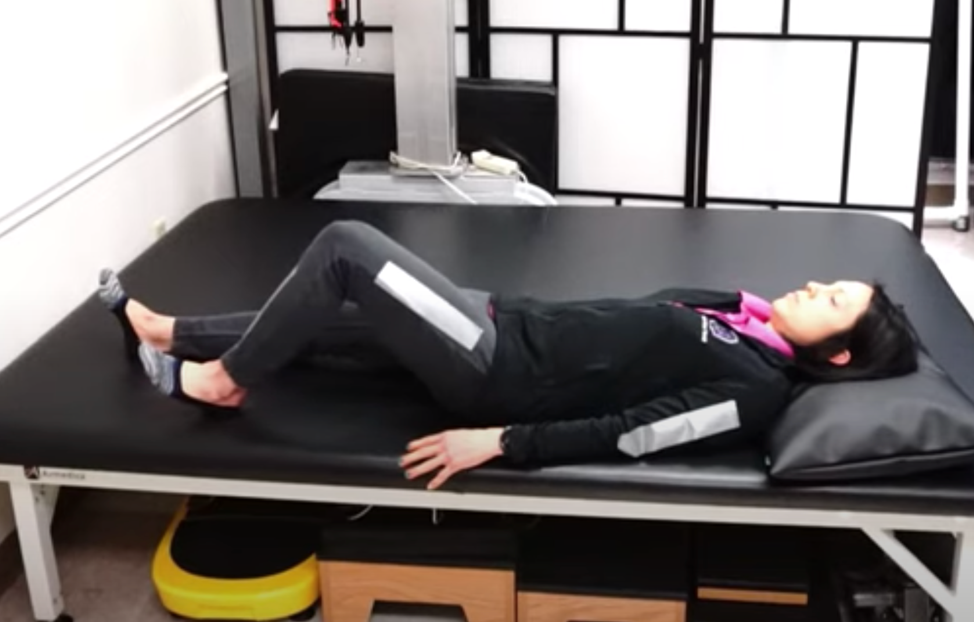
Modified Heel Slide:
If you are unable to bend your knee with it flat on the bed/mat, here is a modification.
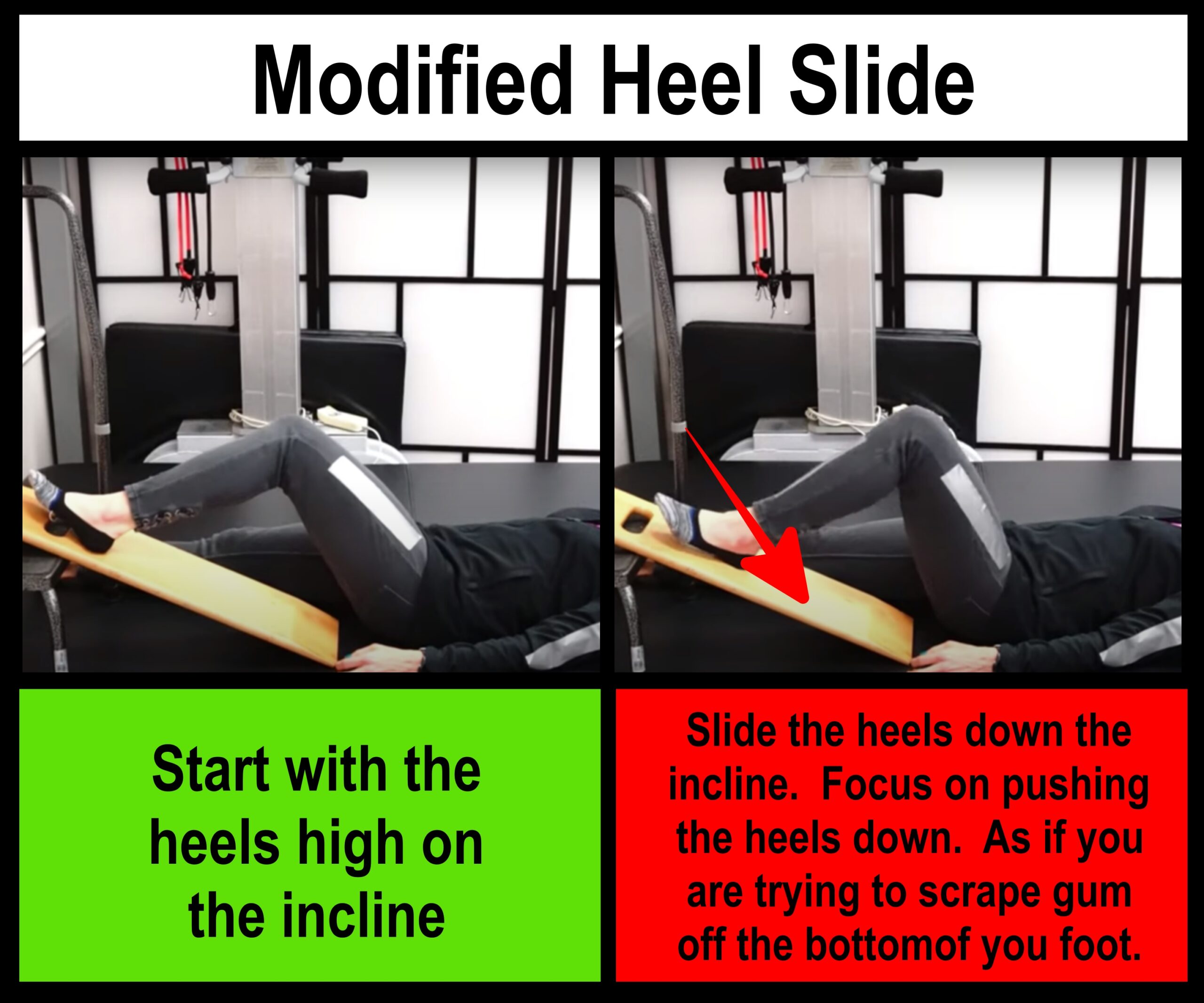
Standing:
Next you want to try and straighten the leg in standing without hyperextension. Now, this might take a TON of practice so be patient. The main thing to focus on is maintaining a “crouched” position with both knees bent.
Step one
Shift your body weight to the involved leg
Step two
Try and step the uninvolved leg forward while maintaining a slight bend in the involved knee.
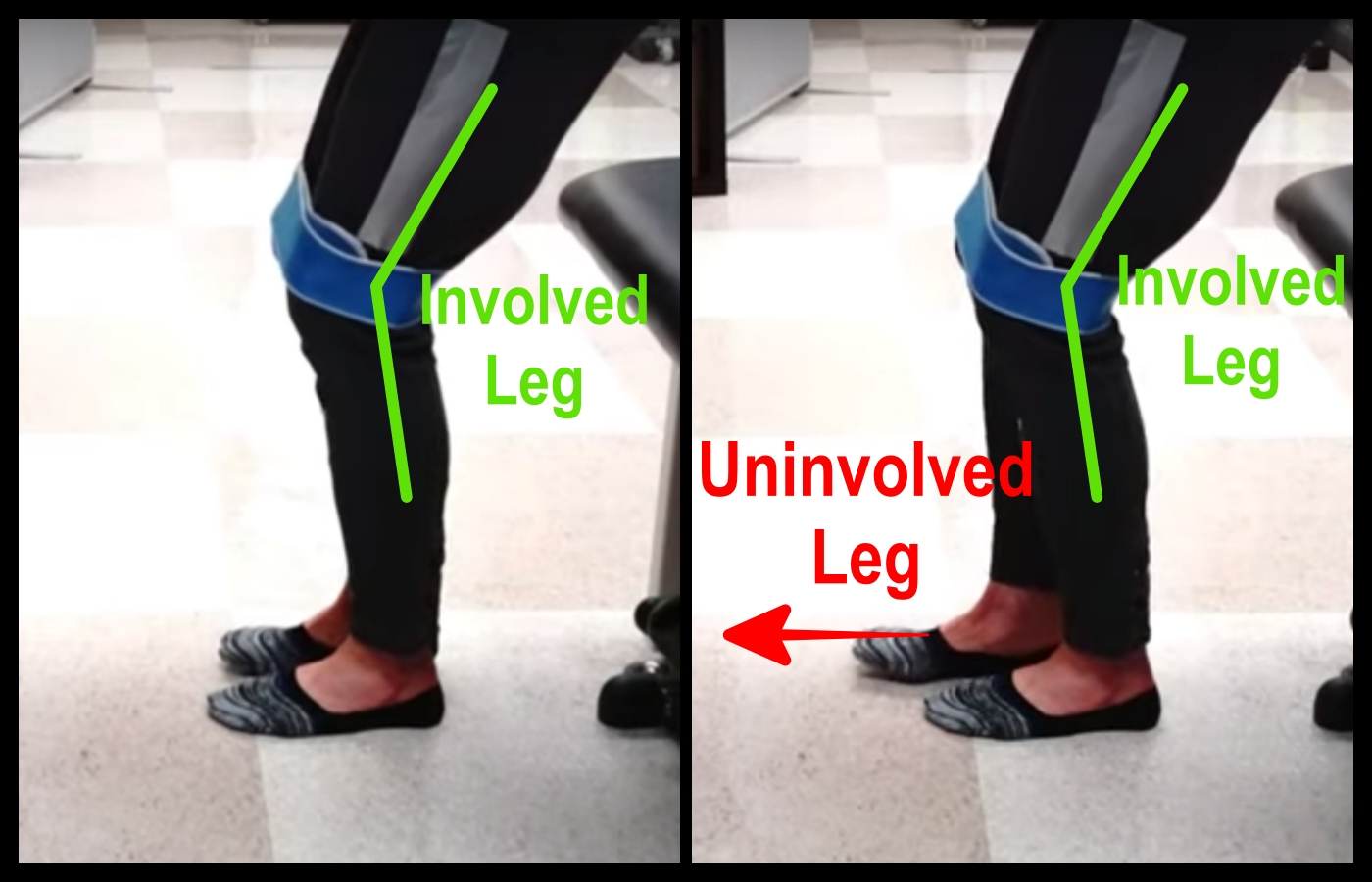
Other articles you may be interested in:
Is Your Neuro Rehab Helping Your Recovery, or Making Things Worse?
The Real Impact of Neuro Rehab on Recovery https://youtu.be/YDgQc4p_atE Recovering after a stroke often involves long hours of rehabilitation. Neuro rehab programs are designed to retrain the brain and body, helping survivors regain independence. Understanding...
How Short Bursts of Exercise Boost Brain Healing
HIIT for Stroke Recovery Boost brain rewiring, improve movement, and speed recovery with short bursts of exercise. https://youtu.be/4SgXN2uRX8g If you’ve been on your stroke recovery journey for a while, you’ve probably heard the word neuroplasticity. Neuroplasticity...
Stretching Spastic Muscles: 8 Mistakes to Avoid
8 Common Stretching Mistakes in Stroke Recovery Why Your Stretching Might Be Making Spasticity Worse https://youtu.be/bBsM34HROYY If you’re dealing with spasticity after a neurologic injury, stretching might not be as straightforward as it seems. In fact, doing it the...
New Study: Vibration Plates Boost Balance After Stroke
It Just Vibrates… So Why Are Stroke Survivors Getting Better? The Truth Behind the Research https://youtu.be/GZgGsMjEgJQ When vibration plates first became popular, they reminded many of us of those old 1980s machines that promised to "shake" the fat away. Naturally,...
Walking “Tips” that Sabotage Post-Stroke Progress
Recovering from Stroke? Don’t Let These 7 Walking Mistakes Set You Back Better Walking Starts by Avoiding These Mistakes https://youtu.be/_nkjHLdOeLc Recovering your walking ability after a stroke is an incredible accomplishment. You’ve put in the work. Strengthening...
Struggling with Shoulder Pain After a Stroke? Here’s What Works
Why Does My Shoulder Hurt After a Stroke?Understanding the 6 Most Common Causes and What You Can Actually Do About Them Let’s be real — if you’re recovering from a stroke and your shoulder still hurts, it can feel really defeating. Especially if you’ve been doing “all...
Still Feeling Weak After Stroke? This Might Be Why
Doing the exercises… but still not getting stronger?You’re walking. You’re moving. Maybe even getting stronger.But everything still feels hard. Like walking across a room takes full concentration. Or standing up while talking feels like solving rocket science....
Stroke Recovery: Spasticity vs. Adaptive Shortening vs. Contracture
Stroke Recovery: Spasticity vs. Adaptive Shortening vs. Contracture Muscle tightness after stroke is common and can be the greatest barrier to restoring normal arm and leg movement. But not all tightness is the same. To treat it effectively, you need to understand...
Why Eccentric Control Might Be the Missing Link in Your Stroke Recovery
Why Eccentric Control Might Be the Missing Link in Your Stroke Recovery After a stroke, movement rarely returns the way we’d like. Instead of smooth, controlled motion, you get stiffness... or those annoying synergy patterns—where every muscle seems to fire at once....
Why Plyometrics Matter After Stroke (Even if They Sound Scary)
Why Plyometrics Matter After Stroke (Even if They Sound Scary) Let’s start with the obvious: The word "plyometrics" sounds like something reserved for athletes, not stroke survivors.But stay with me—because if you’re in the later stages of recovery, this could be the...

